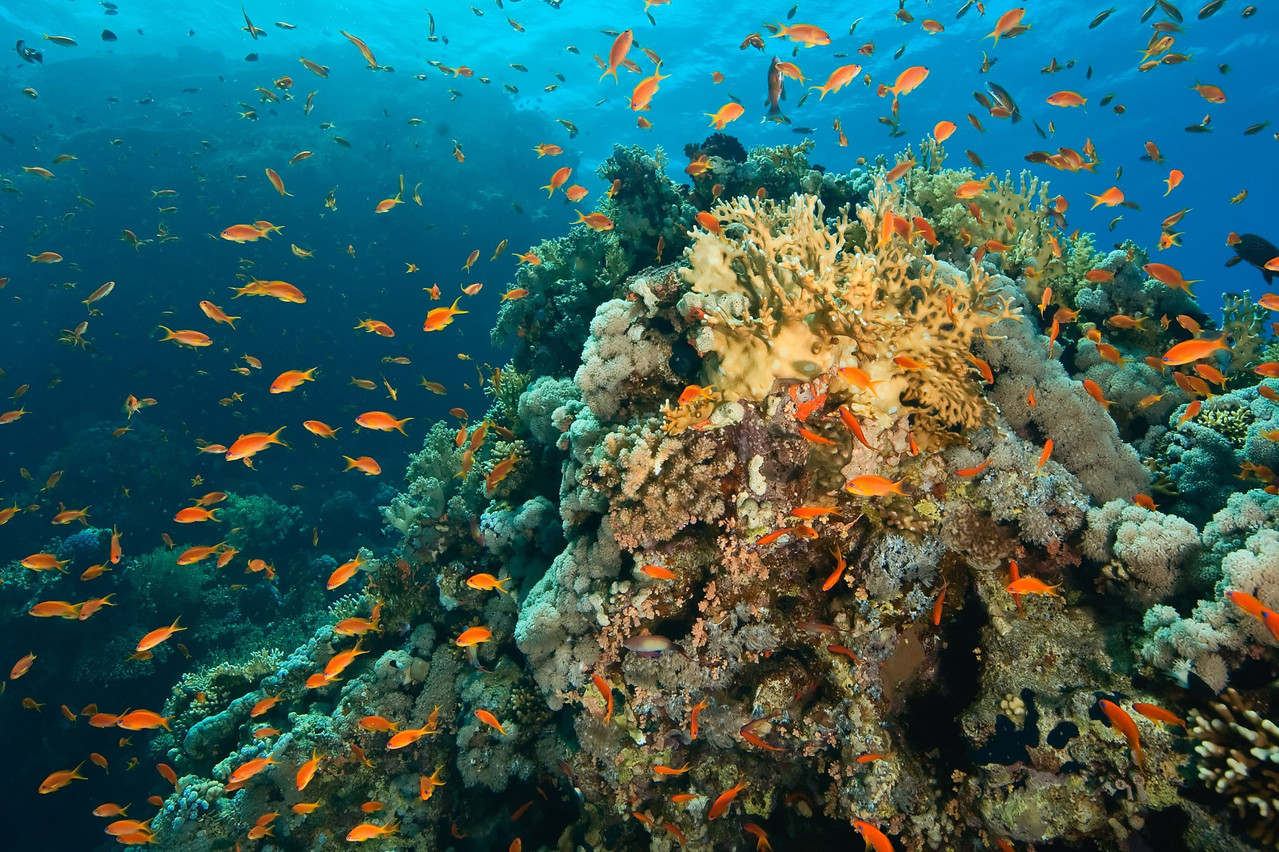Biodiversity has its agreement. After four years of negotiations, 195 countries committed to a common path to halt the collapse of biodiversity on the final day of COP15, held in Montreal from 7 to 19 December.
Protecting 30% of land, coastal areas and inland waters, restoring 30% of ecosystems, and halving food waste and pesticide-related risks: the nations agreed on Monday morning on four goals and 23 targets for 2030. To gauge the ambition of this text, it should be remembered that currently only 17% of the land and 8% of the sea are protected.
Often compared to the Paris climate agreement, signed during the COP21 in the French capital, the “Kunming-Montreal agreement” takes over from the “Aichi agreements” of 2010, currently considered a failure. This new global framework aims to reverse decades of catastrophic degradation of biodiversity, land and oceans: one million species are now threatened with extinction worldwide, more than 75% of land areas are altered and the majority of oceans are polluted by human activity.
Funding at the heart of the discussions
The issue of financing was the most debated aspect of the agreement, particularly concerning transfers from the North to the South. Least developed countries were demanding $100bn per year, compared to the current $10bn. The target will finally be $20bn per year by 2025 and $30bn by 2030.
Overall, the biodiversity financing gap is estimated at $700bn per year. $500bn consists of the removal of subsidies considered harmful to nature, with $200bn per year to be mobilised by public or private actors by 2030.
Regular assessment of progress will have to be carried out, based on common indicators, and a global review will be carried out at mid-term. However, no binding framework has been put in place in the event of non-compliance with the objectives.
This story was first published in French on . It has been translated and edited for Delano.
